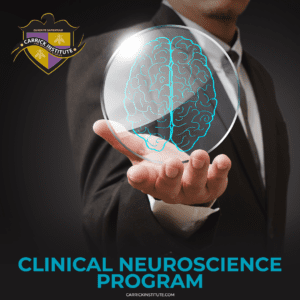Overview:

2 pairs of cranial nerves act and the final common pathways that allow direct access of the brain to its environment while allowing the brain direct control of systems vital to its survival. This module reviews the structure and function of each of the cranial nerves focusing on diagnostic testing and interpretations. Common clinical entities will be discussed both from a diagnostic and management point of view.
The ocular motor system is that part of the CNS, which functions mainly in maintaining visual stability and controlling eye movements. It is made up of many brain areas that cooperate to stabilize images of interest on the high-acuity part of the retina. All these systems must funnel through the same final common pathway through the brainstem. This module discusses the structures of the brain and brainstem that produce various eye movements with focus on their central connectivity. Ocular examination techniques along with their diagnostic interpretations will be reviewed. The goal is to create individualized ocular rehabilitative strategies for each clinical entity observed.
 2 pairs of cranial nerves act and the final common pathways that allow direct access of the brain to its environment while allowing the brain direct control of systems vital to its survival. This module reviews the structure and function of each of the cranial nerves focusing on diagnostic testing and interpretations. Common clinical entities will be discussed both from a diagnostic and management point of view.
The ocular motor system is that part of the CNS, which functions mainly in maintaining visual stability and controlling eye movements. It is made up of many brain areas that cooperate to stabilize images of interest on the high-acuity part of the retina. All these systems must funnel through the same final common pathway through the brainstem. This module discusses the structures of the brain and brainstem that produce various eye movements with focus on their central connectivity. Ocular examination techniques along with their diagnostic interpretations will be reviewed. The goal is to create individualized ocular rehabilitative strategies for each clinical entity observed.
2 pairs of cranial nerves act and the final common pathways that allow direct access of the brain to its environment while allowing the brain direct control of systems vital to its survival. This module reviews the structure and function of each of the cranial nerves focusing on diagnostic testing and interpretations. Common clinical entities will be discussed both from a diagnostic and management point of view.
The ocular motor system is that part of the CNS, which functions mainly in maintaining visual stability and controlling eye movements. It is made up of many brain areas that cooperate to stabilize images of interest on the high-acuity part of the retina. All these systems must funnel through the same final common pathway through the brainstem. This module discusses the structures of the brain and brainstem that produce various eye movements with focus on their central connectivity. Ocular examination techniques along with their diagnostic interpretations will be reviewed. The goal is to create individualized ocular rehabilitative strategies for each clinical entity observed. 



